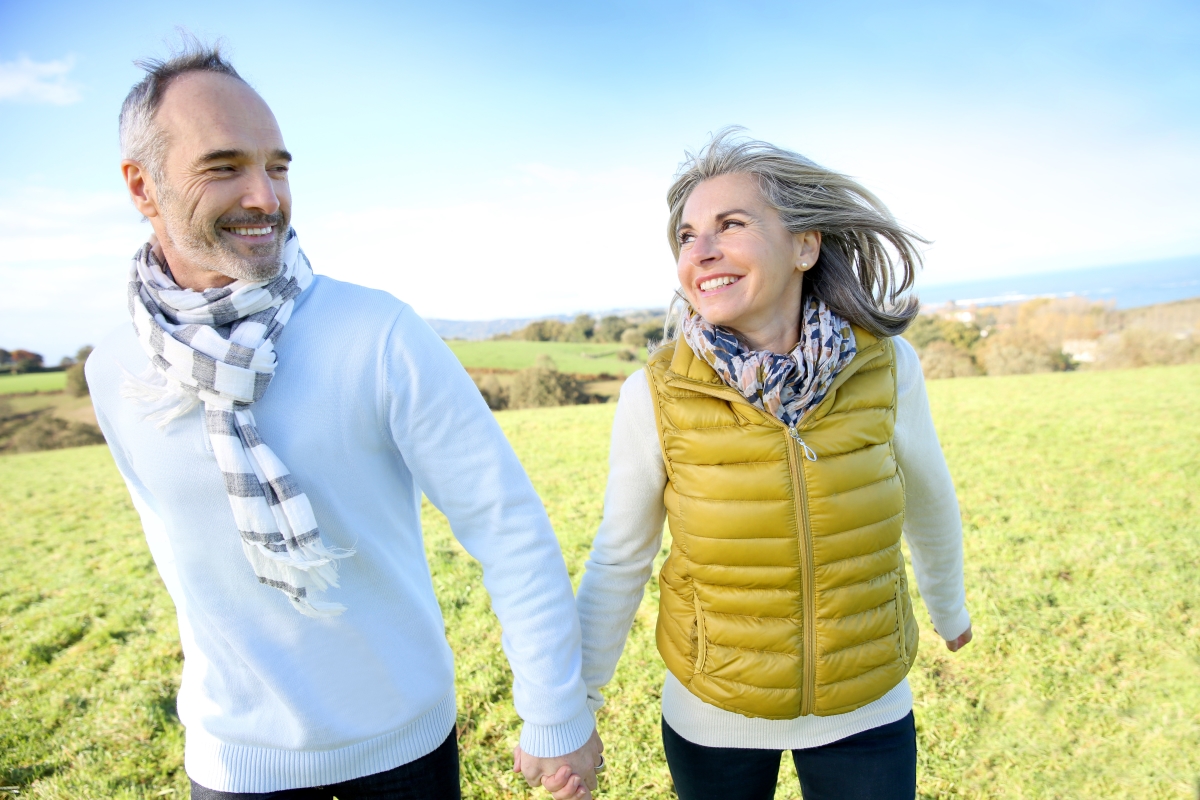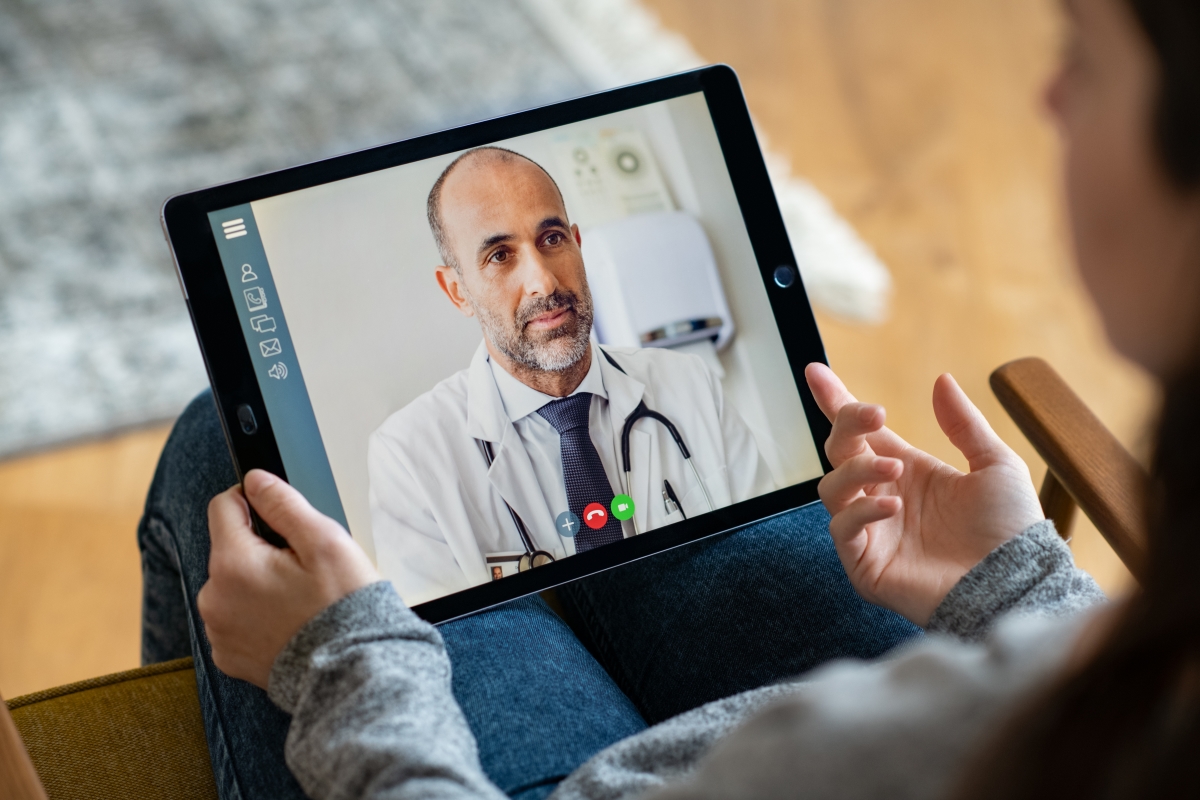Cycling is both physically and mentally rewarding. Want to bounce down a mountain trail at max speed? You’ll want a bike for that. Want to save money and the planet on your way to school or work? A bike works for that purpose, too. Riding a bike is an experience that’s hard to top. Getting started can be daunting, though; it’s important to understand the gear you need, the different types of cycling you might choose, and the rules to follow for your own safety.
Types of Cycling
When cycling comes to mind, you probably think of the competitors in the Tour de France: crouched racers in aerodynamic helmets trying to be as fast as possible. However, the average person has plenty of choices for how we use their own bike. One of the most common types of cycling is road cycling, or riding your bike through your town. This can be done with most any type of bicycle and is a quick and easy way to get from point A to point B. You notice the world around you in ways someone in a car might not, and you’ve got your hand on the pulse of the city. This type of cycling requires you to pay close attention to the rules of the road, but it’s great for travel and fun.
Another type of cycling that’s common is mountain biking. This fun sport is an off-road adventure where you ride a bike through natural environments. This may be in a park on a marked trail, through uncharted woods, or even down a mountain. This type of cycling is a bit more extreme than road cycling but has a high thrill factor.
While these are the two main types of cycling, there are plenty of other types to explore if you’re interested, such as BMX and cyclocross, and you can do any of these on conventional or electric bikes. Some types of cycling are more suited to advanced learners, so if you’re new to cycling, it may be best to focus on getting used to the two most common types.
Health Benefits
Not only is being a cyclist fun, but it’s healthy, too. Physical activity is key to good health, and cycling is an excellent way to work out your entire body. You can guess that your leg muscles are getting a great workout, but did you know that muscles in every part of the body are working hard? Because cycling requires balance, your core is also activated. It’s not just your muscles, that benefit, either; cycling is great for your heart as well. It’s also great for your bones and easy on your joints.
Gear and Accessories
First of all, always wear a helmet. Bicycles are fast-moving, and something as small as a rock in the wrong position could send you flying. Wearing a helmet is how you ensure that the most important part of your body, your brain, is safe in case of an accident. Beyond the obvious helmet, another important piece of safety gear is reflective tape or even your own electric lights. Your health and safety often rely on how well cars can see you. Reflective tape and clothing are helpful, but they only light up when a car’s headlights are already on you: Lights will make you very obvious to everyone, which is the most important part of being safe on the road in a bike.
One of the other important pieces of safety gear you should have is a bike mirror. Being able to see both in front of and behind you is important for anyone on the road. As a bike is more vulnerable than a car, it’s even more important for you to have situational awareness of who’s behind you, next to you, and in front of you. Bike mirrors are the best way to make this happen.
What Bike Do I Buy?
The most important piece of gear you’ll be deciding on is your bike. The first question you have to ask yourself is how you’ll be using the bike. Are you planning to ride it to school or take it on an outdoor trail? Maybe you want to do a bit of both. This should give you a good start in determining if you want a road bike, a mountain bike, or a hybrid. Once you’ve figured that out, the next step is making sure the bike fits you properly. Sizing a bike is different for different kinds of bikes, but in general, you should have a bike tall enough that you can almost fully extend your knee at the bottom of the stroke; this means that you will not be able to touch the ground while pedaling. This is better for your knees in the short term and long term.
How to Stay Safe
When you’re on a bike, you don’t have a giant metal cage to protect you like a car. It’s harder to stay safe and protect yourself from injuries. If you’re planning on riding aggressively, make sure your insurance covers your athletics. The most important way to stay safe is to make sure everyone sees you. No one wants to hurt you on the road; accidents are usually caused because a car did not see a cyclist. So making sure you’re loud, bright, and predictable in your movements. Remember that bikes are also subject to the rules of the road, which means using hand signals when turning and stopping at stop signs and lights.
Above all, whether you’re mountain biking or riding on the road, the number one way to stay safe is to stay vigilant. Bikes are more vulnerable to terrain issues such as loose gravel, ice, and deep puddles. Keep your hands always ready to stop at a moment’s notice, and always be aware of escape routes as you bike.




 877-246-0106
877-246-0106

